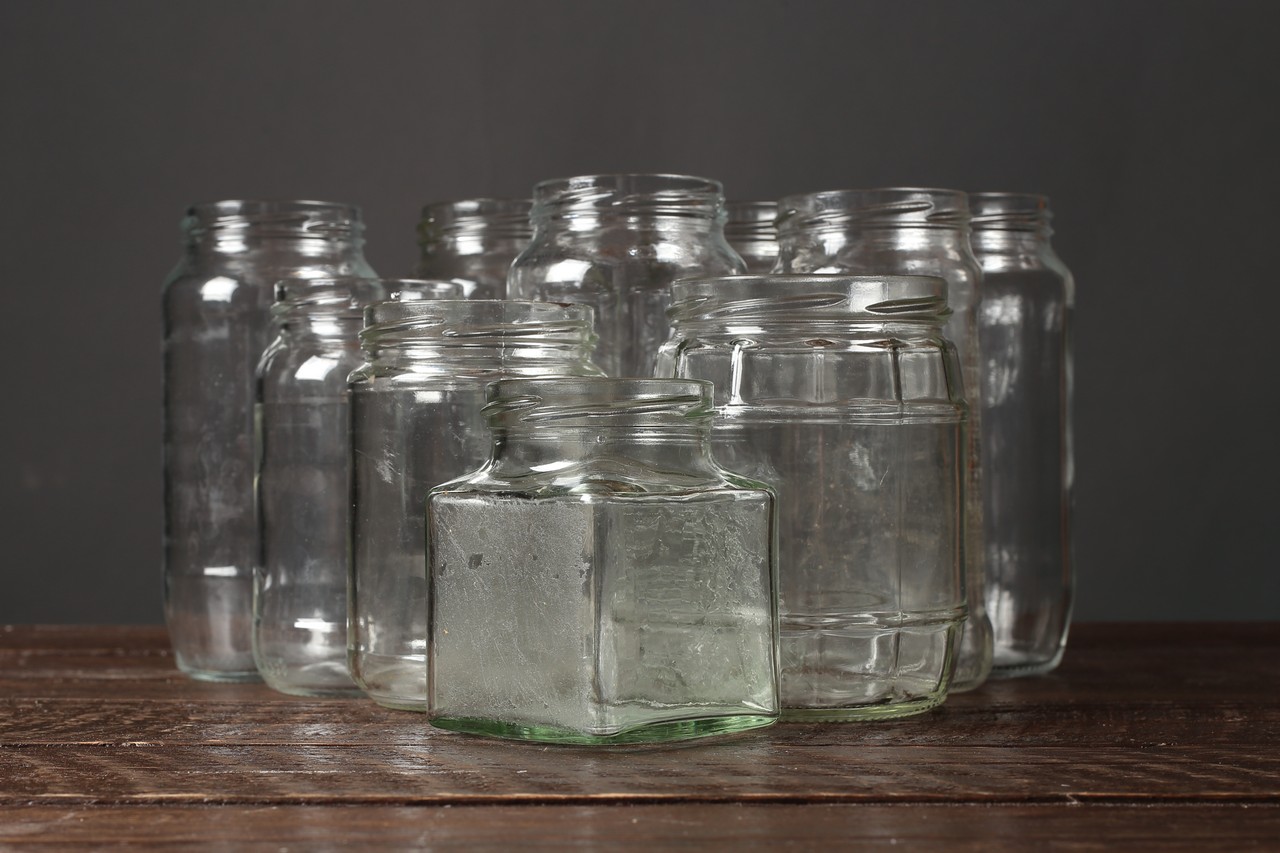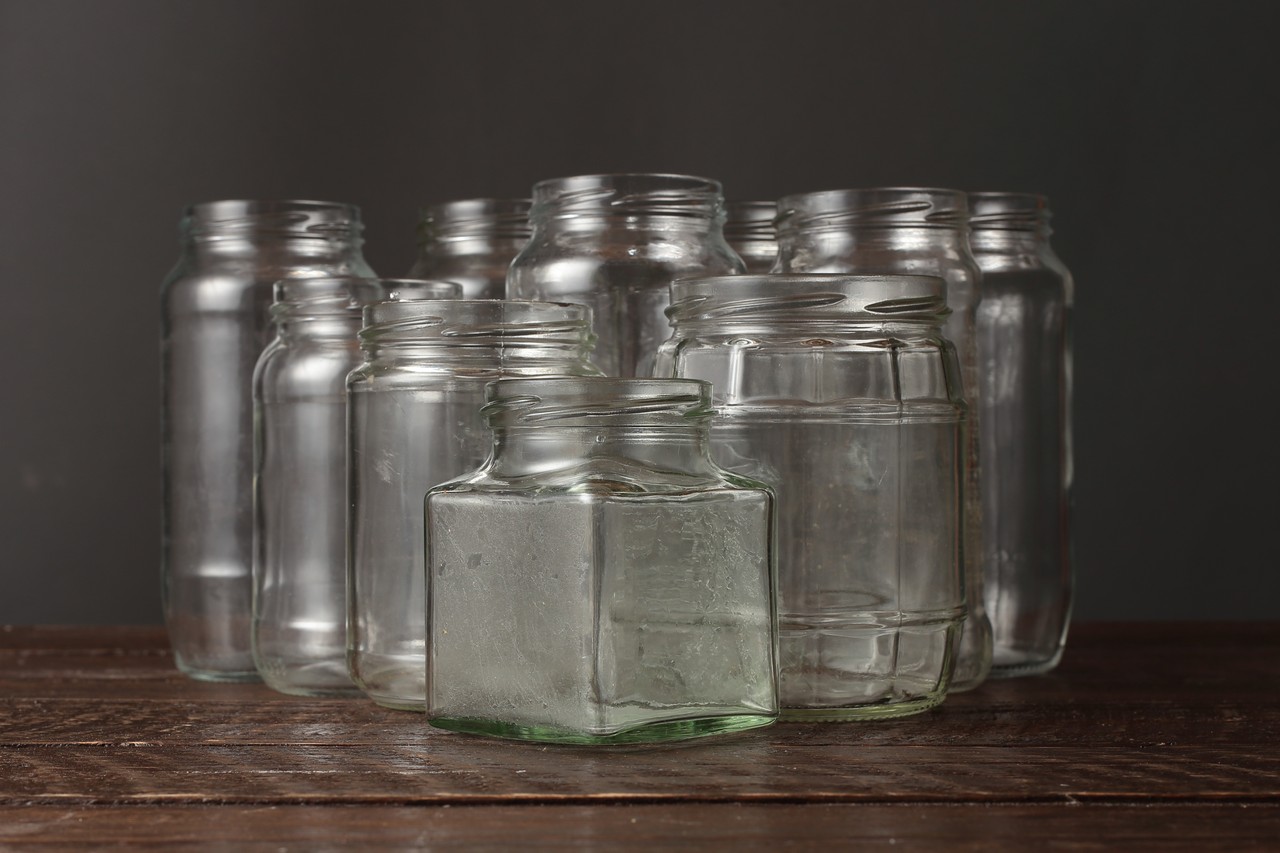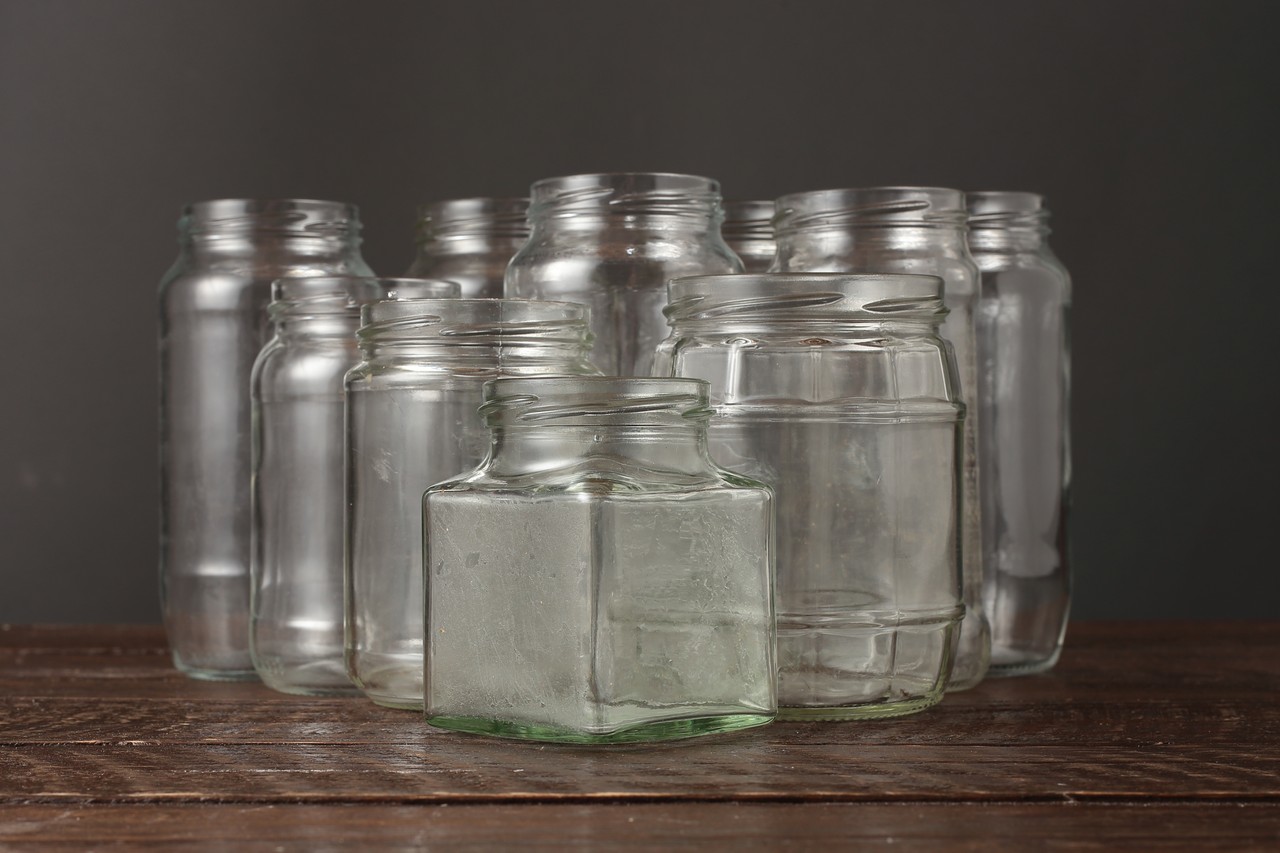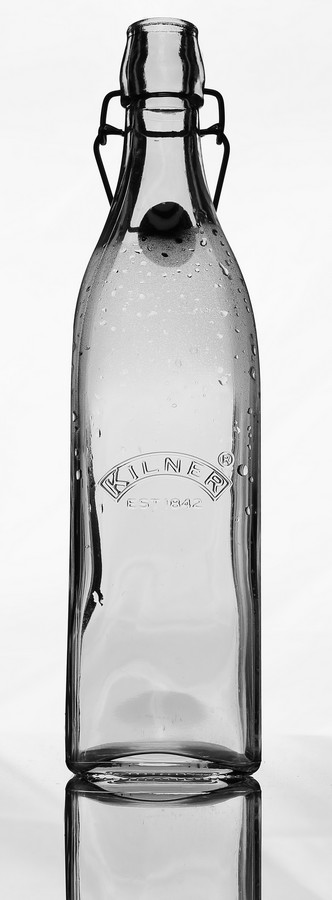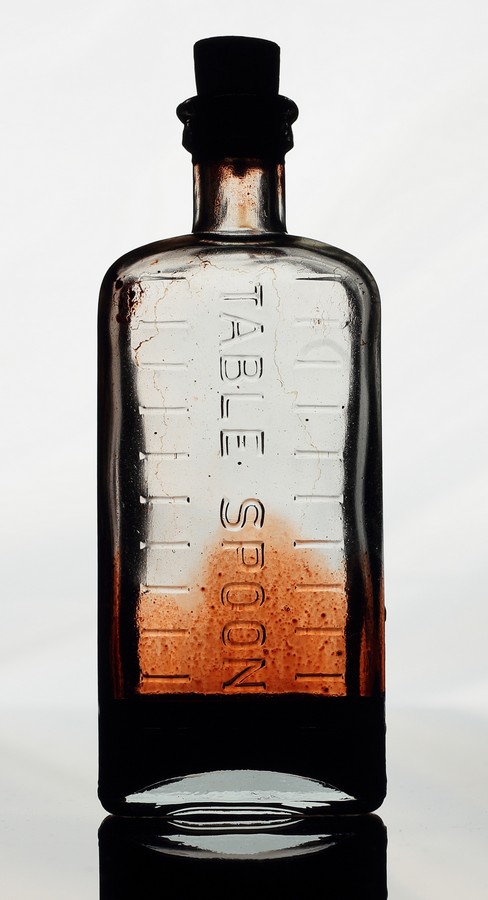- Messages
- 12,302
- Name
- Garry Edwards
- Edit My Images
- No
Many of us are stuck indoors for the foreseeable future, so here’s another simple project that we can all tackle because it only involves a minimum of both equipment and space.
And, in this project I’m only going to describe the general approach to you, leaving it up to you to find a suitable subject and light it, without my usual didactic, detailed and annoying instructions
We’re going to light glass, using a technique known as Brightfield Lighting. There’s another way of doing it too, using Darkfield Lighting, but we’ll get to that another day.
A lot of people find it difficult to light glass but in reality the only actual challenge is that it’s transparent, so the only bits of it that can be photographed are the bits that interfere with the passage of light in some way – any mouldings, engraving etc on the glass are visible, and so are the edges, which refract the light due to the differing densities of the air and the glass. Of course, if the glass item is a container of some sort, then any contents will also interfere with the passage of the light and so will show on the photo.
But there are other things that can be photographed too – scratches, dust and fingerprints – so cleanliness is absolutely essential.
Basically, all that we do is to light the background, put the glass item in front of it and take a shot of the background, focussed of course on the glass. If you have a softbox then that will make a good background and if you don’t then you can aim one or more flashes at a white wall, piece of white card or similar, and stick the glass item in front of it.
The light can be almost anything, including flash, studio flash or continuous lighting, it really doesn’t matter for this.
And, for Brightfield lighting, it’s a good idea to stand the subject on a white background too – a sheet of white paper usually works very well. Get your camera square on to the subject because if you don’t and it’s looking down onto the subject then you’ll be shooting through the glass on to the background, which doesn’t look great.
If the glass is completely plain and clear you’ll end up with a shot that doesn’t show the glass at all (because it’s transparent) and all that will show in the shot is the various points where the light has been refracted, this will mainly be the bottom, sides and top.
If there are any engravings, logos, scratches or anything else that interfere with the passage of the light then they will show up too.
If you want a bit more drama, just add something black on each side, just out of shot. A piece of black card will be fine, the pro tool for this is Cinefoil or Blackwrap, but black card will produce almost the same results.
Getting the exposure right.
Just use trial and error, so that the background is pure white but only just.
Please post your results below, we’ll deal with any challenges as they arise. Enjoy.
And, in this project I’m only going to describe the general approach to you, leaving it up to you to find a suitable subject and light it, without my usual didactic, detailed and annoying instructions
We’re going to light glass, using a technique known as Brightfield Lighting. There’s another way of doing it too, using Darkfield Lighting, but we’ll get to that another day.
A lot of people find it difficult to light glass but in reality the only actual challenge is that it’s transparent, so the only bits of it that can be photographed are the bits that interfere with the passage of light in some way – any mouldings, engraving etc on the glass are visible, and so are the edges, which refract the light due to the differing densities of the air and the glass. Of course, if the glass item is a container of some sort, then any contents will also interfere with the passage of the light and so will show on the photo.
But there are other things that can be photographed too – scratches, dust and fingerprints – so cleanliness is absolutely essential.
Basically, all that we do is to light the background, put the glass item in front of it and take a shot of the background, focussed of course on the glass. If you have a softbox then that will make a good background and if you don’t then you can aim one or more flashes at a white wall, piece of white card or similar, and stick the glass item in front of it.
The light can be almost anything, including flash, studio flash or continuous lighting, it really doesn’t matter for this.
And, for Brightfield lighting, it’s a good idea to stand the subject on a white background too – a sheet of white paper usually works very well. Get your camera square on to the subject because if you don’t and it’s looking down onto the subject then you’ll be shooting through the glass on to the background, which doesn’t look great.
If the glass is completely plain and clear you’ll end up with a shot that doesn’t show the glass at all (because it’s transparent) and all that will show in the shot is the various points where the light has been refracted, this will mainly be the bottom, sides and top.
If there are any engravings, logos, scratches or anything else that interfere with the passage of the light then they will show up too.
If you want a bit more drama, just add something black on each side, just out of shot. A piece of black card will be fine, the pro tool for this is Cinefoil or Blackwrap, but black card will produce almost the same results.
Getting the exposure right.
Just use trial and error, so that the background is pure white but only just.
Please post your results below, we’ll deal with any challenges as they arise. Enjoy.



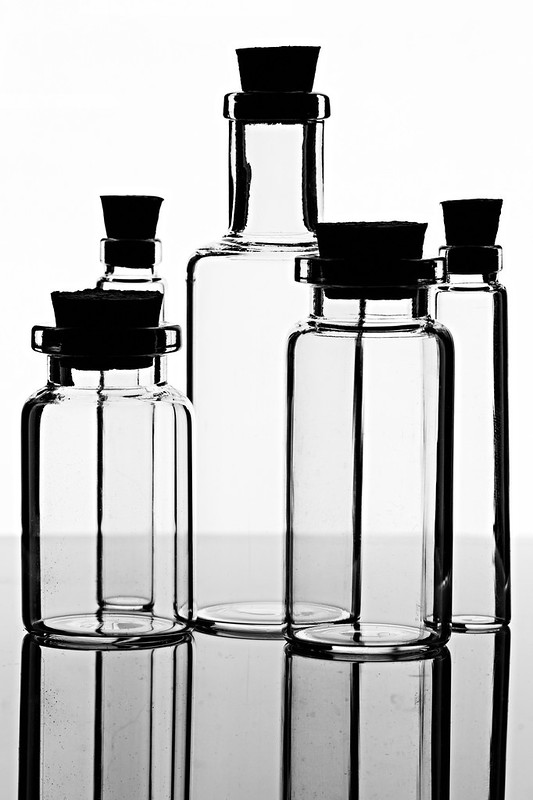 Little Bottles
Little Bottles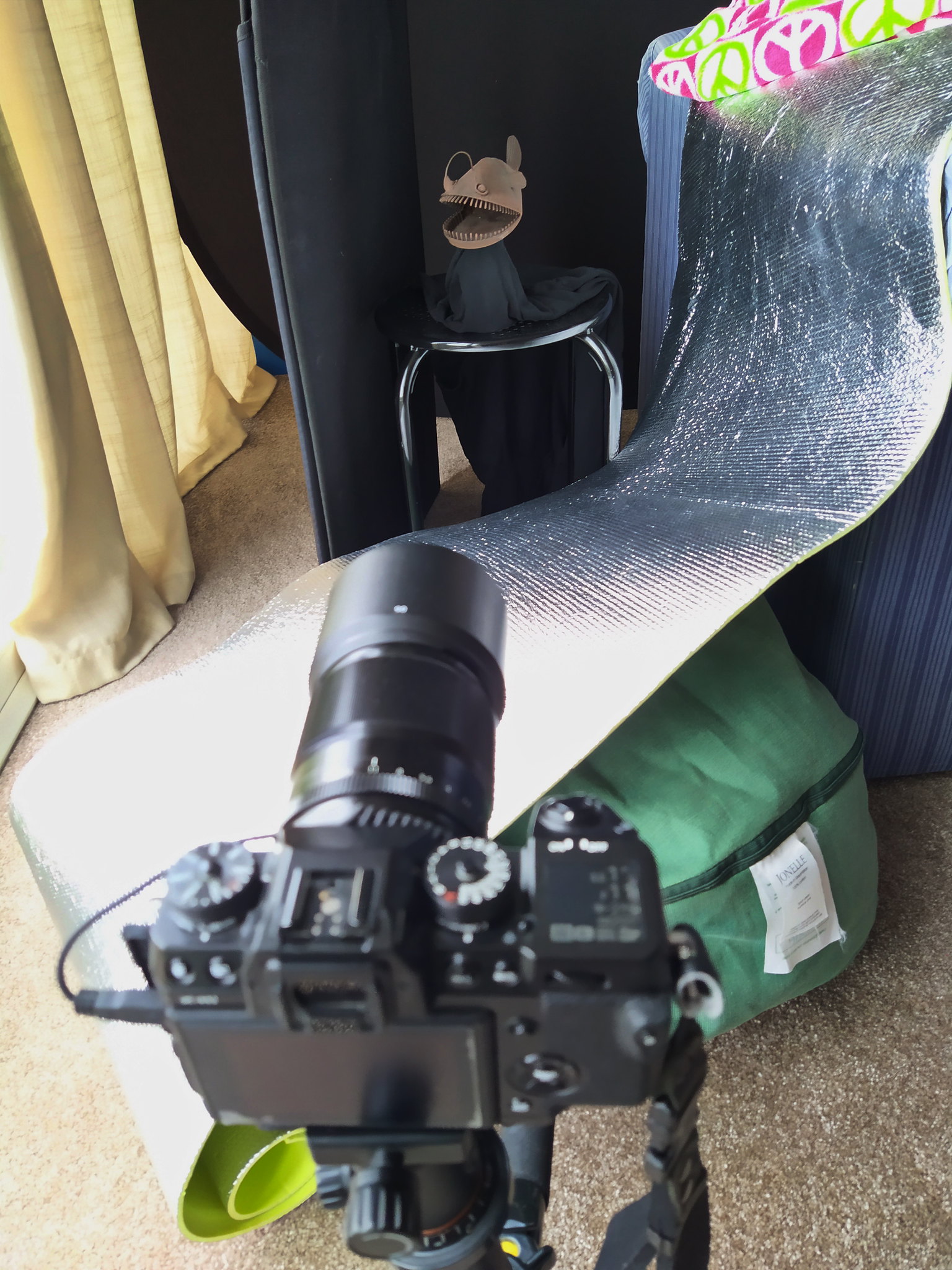 IMG_20200417_130838
IMG_20200417_130838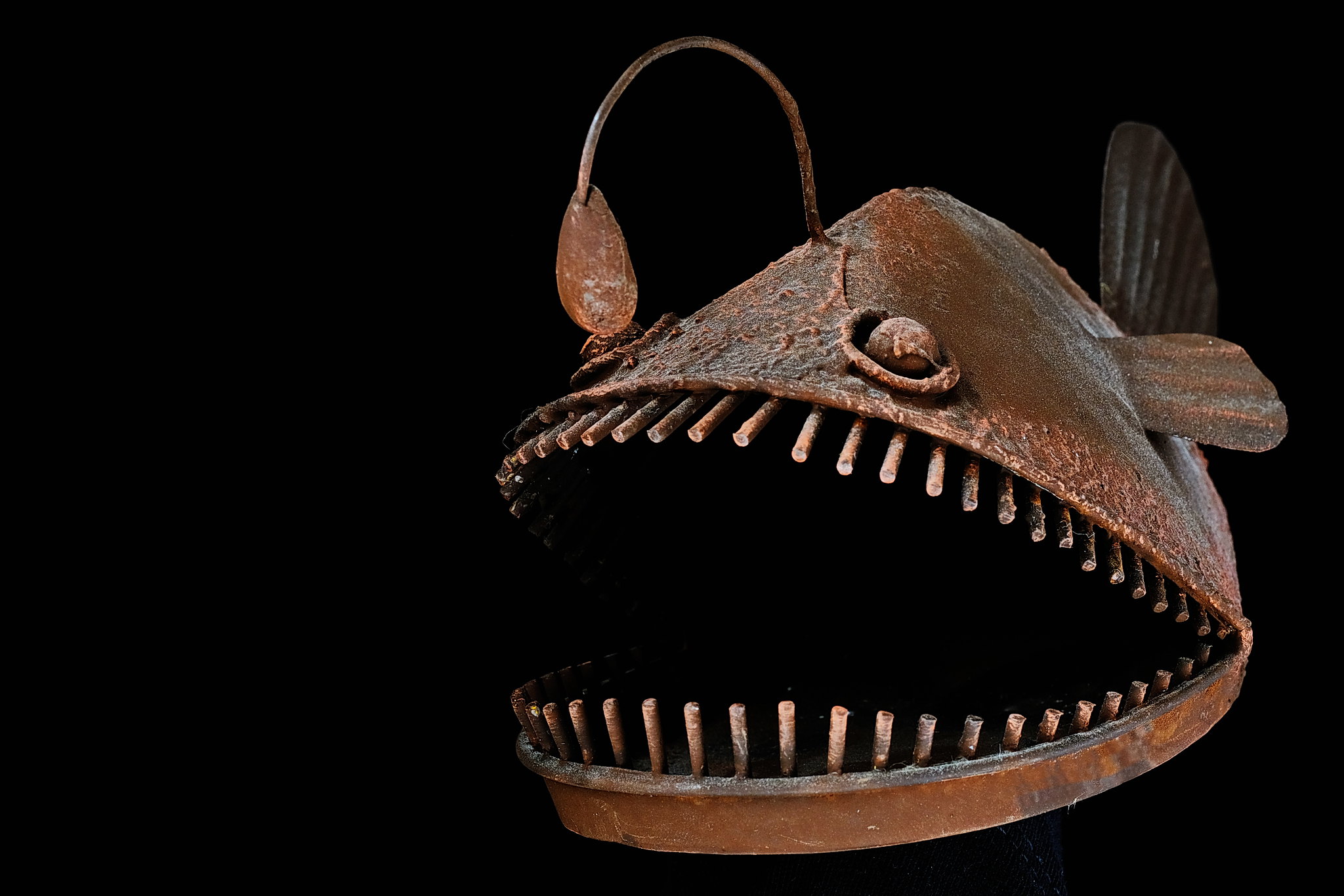 DSCF2893 e
DSCF2893 e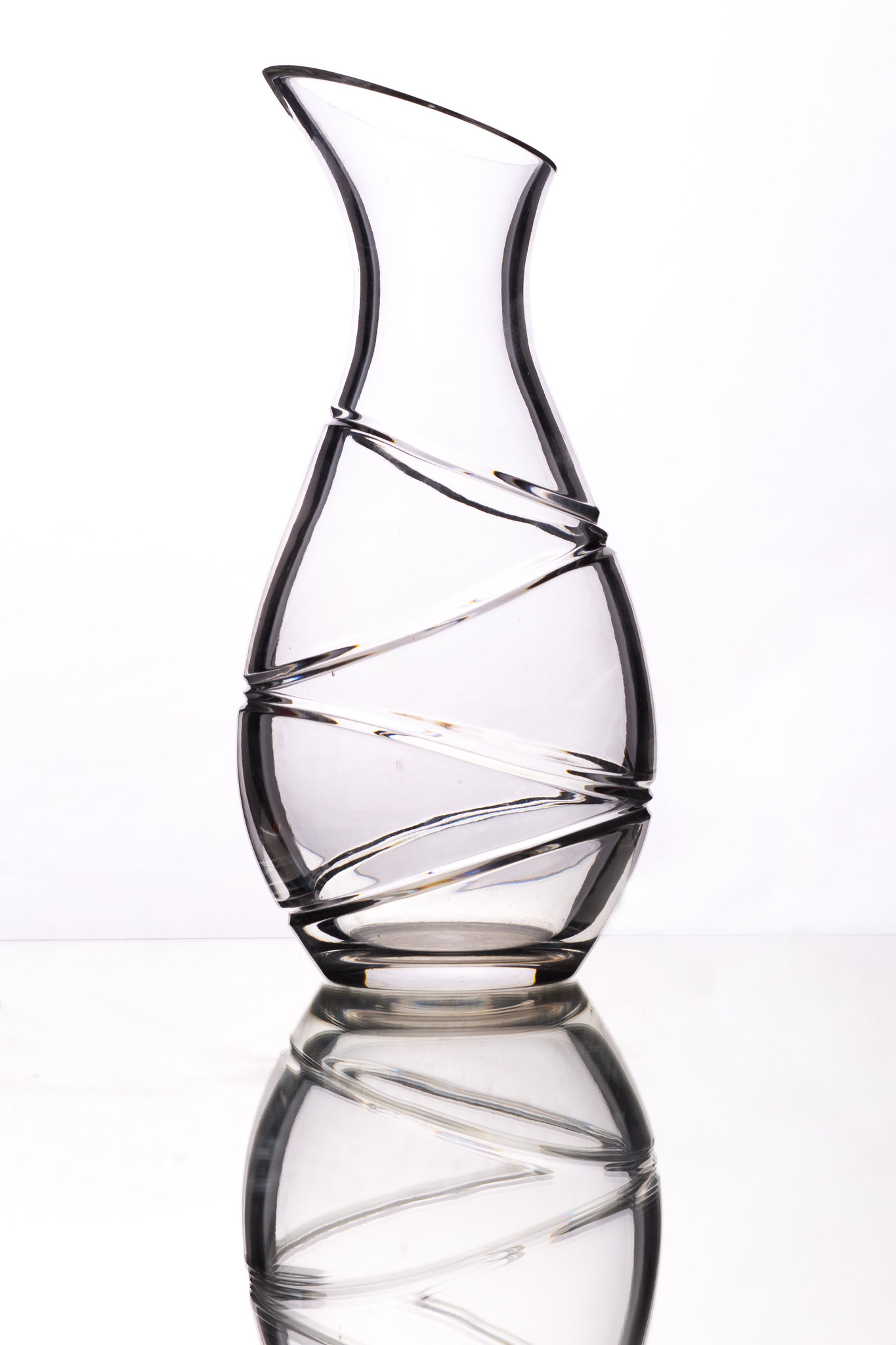 carafe
carafe